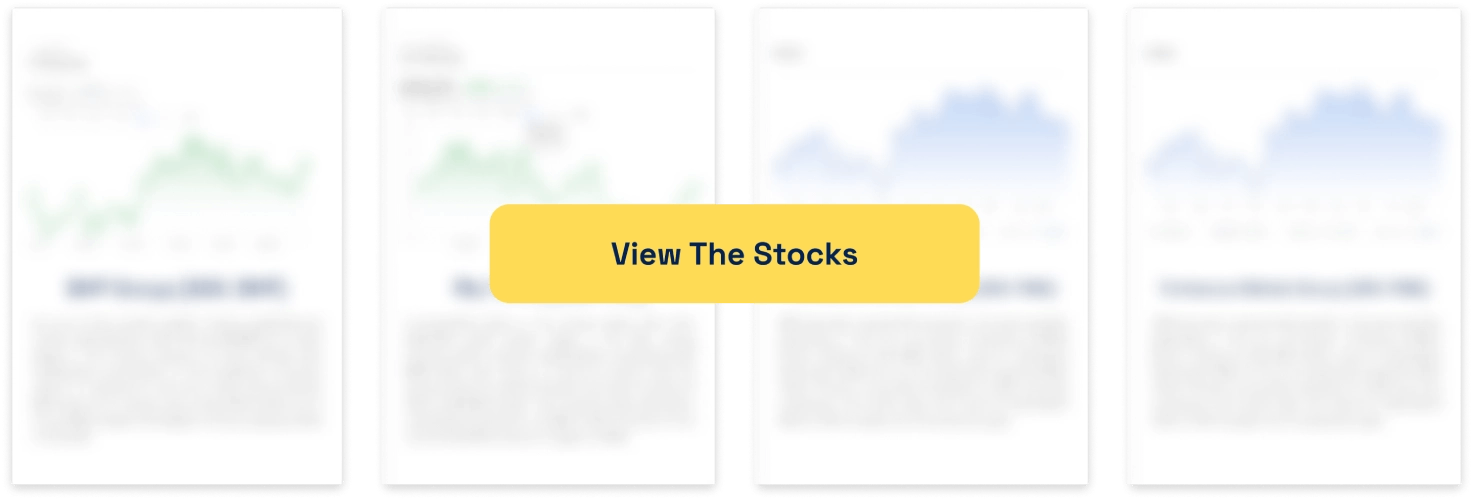Salesforce (NYSE:CRM): The world’s top CRM software, destined to gain from AI
![]() Nick Sundich, May 29, 2025
Nick Sundich, May 29, 2025
Salesforce (NYSE:CRM) was in the SaaS/cloud space so long ago that back at that time (in the early 2000s) it was not even a thing. Most in our Australian audience will have heard of this company and used its software, which since 2021 has included Slack. They may also know it has a 55-storey office tower named after it in Sydney that opened in 2022 and is currently the Harbour City’s tallest office building.
But they may not know it is listed on the NYSE and is capped at US$262bn. Let’s take a deep dive into the company.
Salesforce: A cloud pioneer
The company began in 1999, founded by former Oracle executive Marc Benioff in a one-bedroom flat in San Francisco with 3 business partners: Parker Harris, Dave Moellenhoff and Frank Dominguez.
Benioff, who is still with the company today and owns 2% of the company, thought software shouldn’t be installed in standalone platforms inside the company’s walls, but available over cloud infrastructure – reducing costs and increasing efficiency. The irony is despite leaving Oracle and going against one of Oracle’s business models, Benioff’s former boss Larry Ellison was one of the earliest investors.
In the early years, it grew through word of mouth and at conventions, particularly its own Dreamforce annual conventions that began in 2003. It completed an $110m IPO in 2004. By 2009, Salesforce had over US$1bn in revenues and 55,000 customers. In the 2010s, it grew through branching out into new industries and through acquisitions including email service provider ExactTarget for $2.5bn and cloud integration vendor MuleSoft.
Salesforce survived troubles including the dot com bubble, GFC, a notorious cyberbreach in 2007 and being cited for (legally) paying no tax in 2019. In 2020, it bought work communication software company Slack for $27.7bn, a deal than the 2nd largest software deal on record only after IBM’s US$34bn purchase of Red Hat but ahead of Microsoft’s purchase of LinkedIn. Like Facebook’s purchase of WhatsApp in 2014, you could argue it hasn’t delivered so far as revenues are concerned (US$1.7bn in 2023), but is important strategically given its extensive use.
Growth in the short-term
The company uses a February-January financial year and delivered its most recent annual results in February 2025. The company reported annual revenue of US$37.9bn, up 9% both year on year and in constant currency. Of this, $35.7bn was subscription and support revenue. It generated $13.1bn operating cash flow, up 28%. The company’s net income (profit) came in at $6.2bn, up from $4.1bn the year before and representing $6.44 EPS. For FY26 (the 12 months ending January 31, 2026), the company guided to $40.5-40.9bn in revenue (up 6.9-7.8%) and $6.95-7.03 EPS (representing a profit of $6.69-6.76bn or 7.9-9% growth).
Analysts covering the company, of whom there are 43 of them, expect $40.8bn in revenue and $7.11 EPS for FY26. With these estimates, the company is trading at a P/E of 24.46x, an EV/EBITDA of 16.1x and a PEG of 1.3x. For FY27, $44.5bn revenue and $8.43 EPS. The mean target price of $364.05, which is a 33% premium to its closing price prior to the Memorial Day weekend (although estimates range from $243 and $442).
As a US company, the company will be vulnerable the fluctuations of the market and what can happen to it quarterly after results – whether or not it meets, exceeds or misses guidance and analyst estimates. Trump’s tariffs have added a major spanner into the mix. While making Salesforce vulnerable to fluctuations, it could also be a business opportunity. Salesforce has developed an AI tariff agent that could instantly process changes for all 20,000 product categories in the US customs system.
Long-term growth is possible, but not assured
And we think this is an appropriate segue to look at where the company is going to next. It is pinning its future to AI, by specialist agents that can help customers without human supervision. The promise of AI is that it can help make decisions and get things done faster. And Salesforce offers this, having unveiled Agentforce in October year that enables customers to build and customise autonomous AI agents. Moreover, Salesforce has reportedly been eyeing off Informatica, a company with data management software, to help it and may go for a deal in the coming weeks.
The results Salesforce will generate from its endeavours won’t just be important for the company, but even the AI movement generally. It will give a hint as to whether the capex has been worth it, or will be anytime soon. Because doubts about these questions have hindered stocks from being re-rated on the back of promises that AI will change them.
At the end of the day, this company is the biggest CRM software provider and is well poised to benefit from the rollout of AI. But it is not certain that everything will go right.
What are the Best ASX Stocks to invest in right now?
Check our buy/sell tips
Blog Categories
Get Our Top 5 ASX Stocks for FY26
Recent Posts
Webjet Sinks 22 Percent After Softer H1 Results and Weak Domestic Demand
Webjet Falls 22 Percent After H1 Revenue Dips and Domestic Flight Demand Softens Webjet (ASX: WJL) opened down 22 percent…
Javelin Minerals Jumps 2,900 Percent on Capital Consolidation
A Sharper Share Register Sets Javelin Minerals Up for Its Next Corporate Stage Javelin Minerals (ASX: JAV) surged an extraordinary…
Why Are Droneshield Shares Dropping and Should You Be Worried
DroneShield Selloff Tests Nerves, But Fundamentals Tell a Different Story DroneShield (ASX: DRO) experienced a sharp selloff this morning that…



